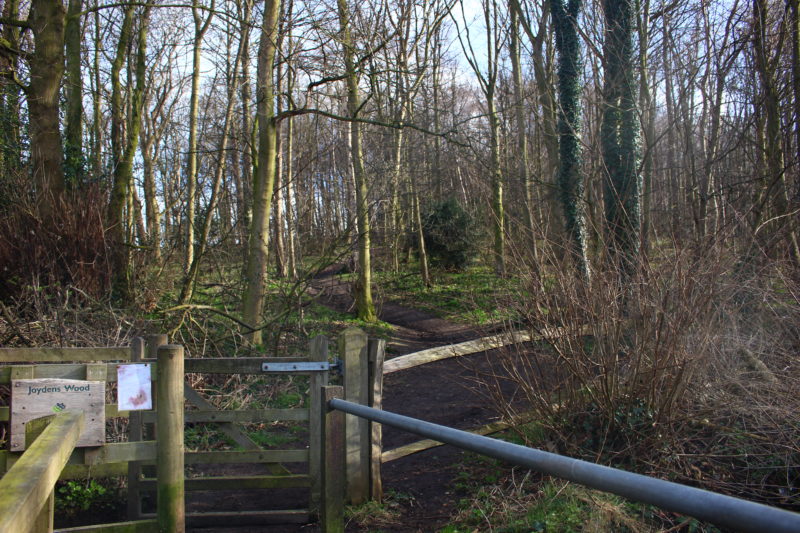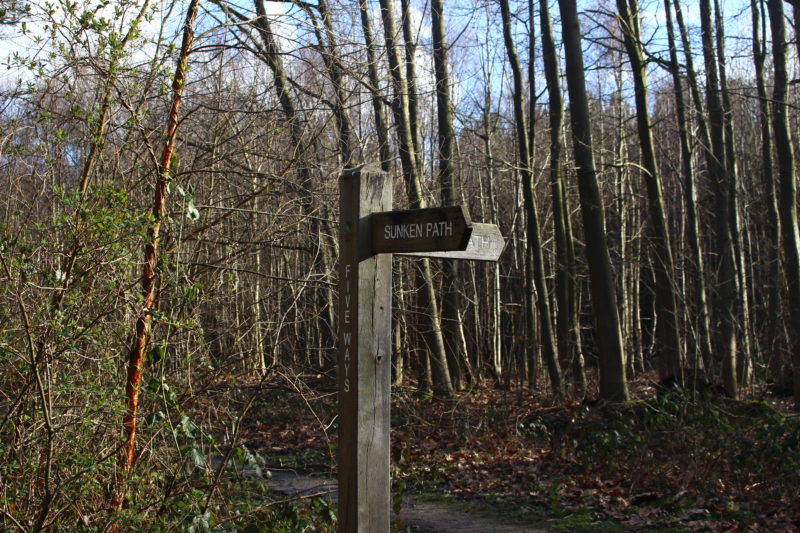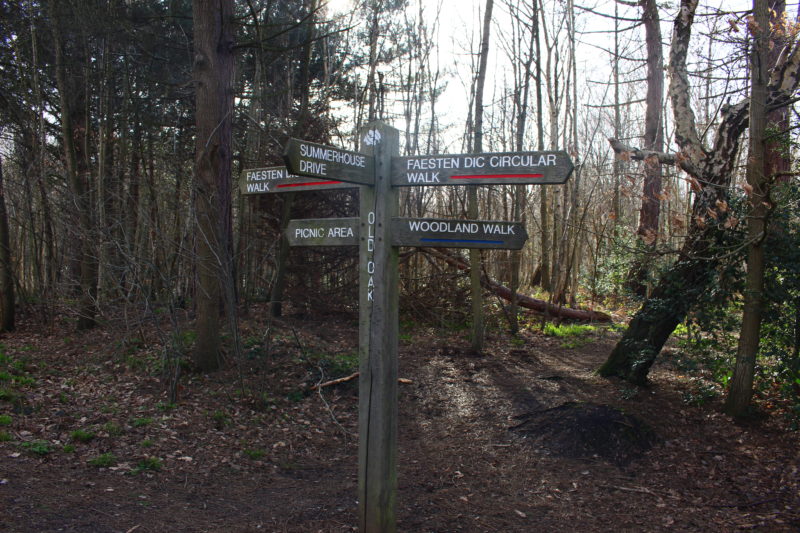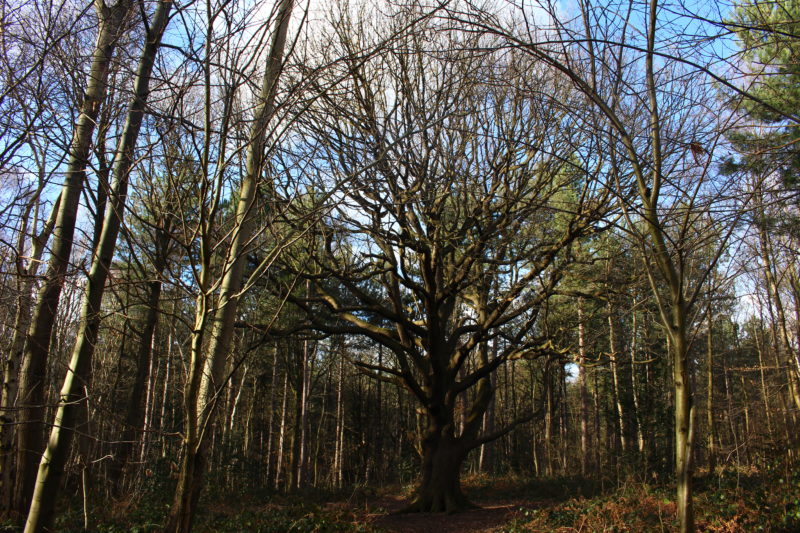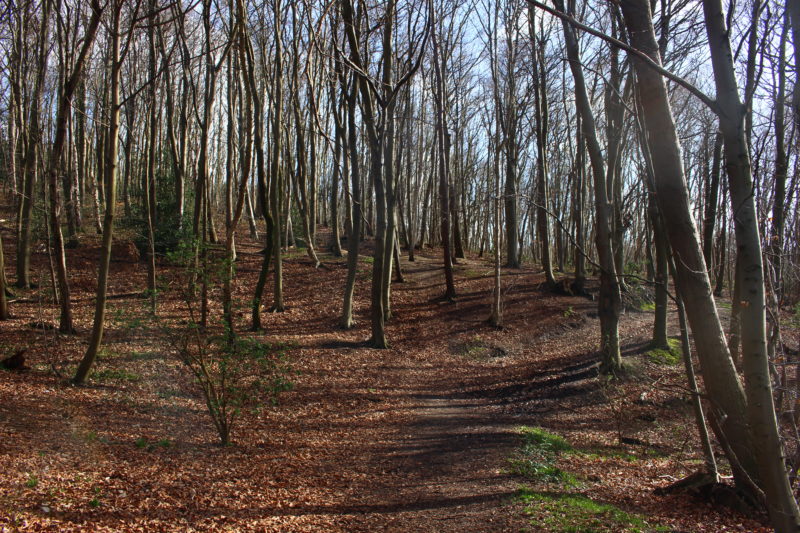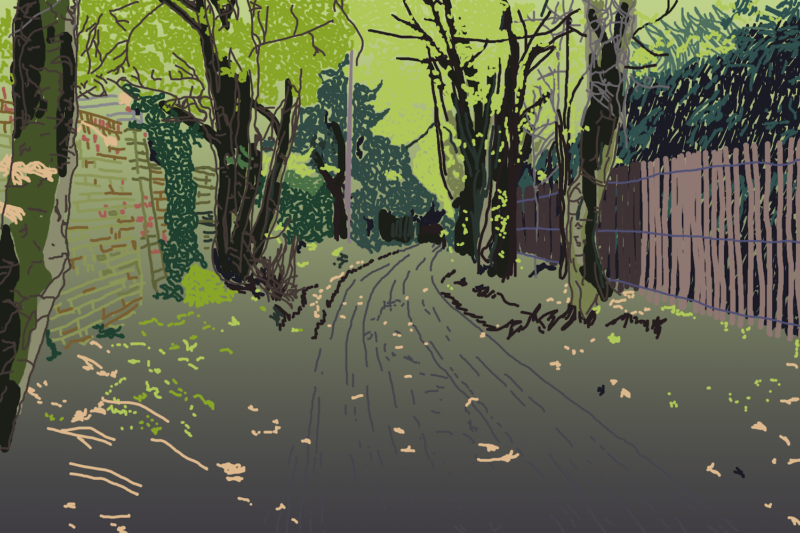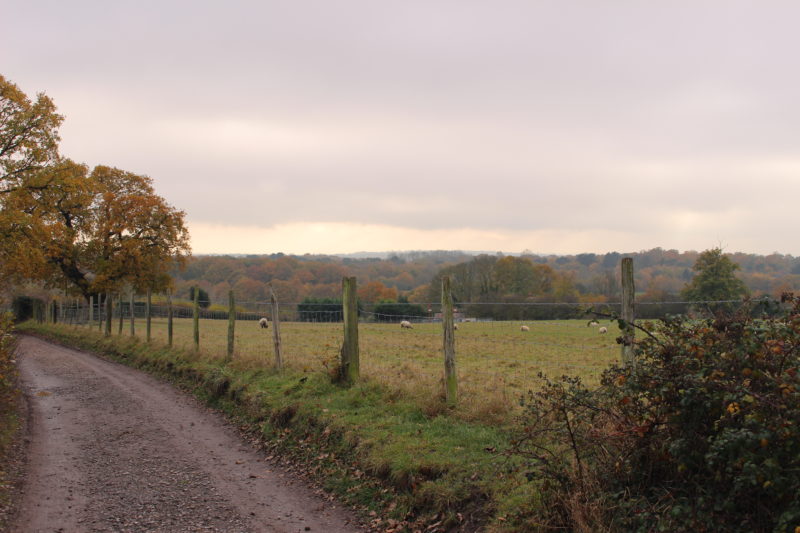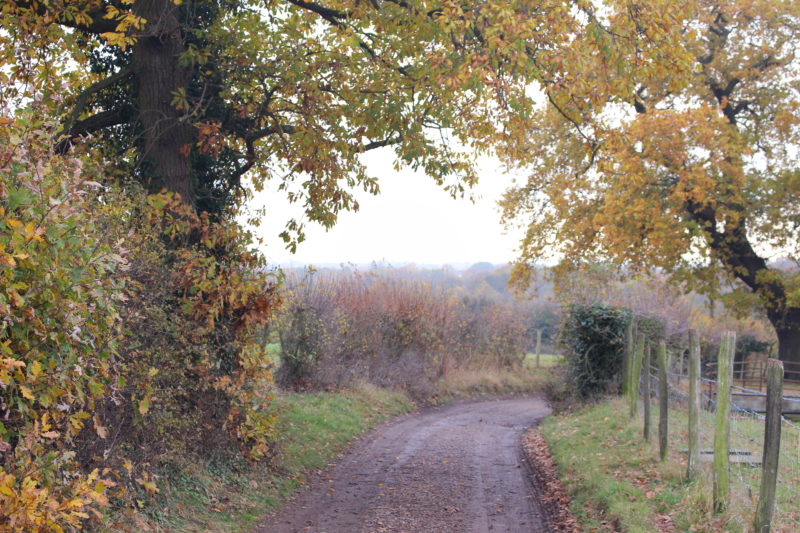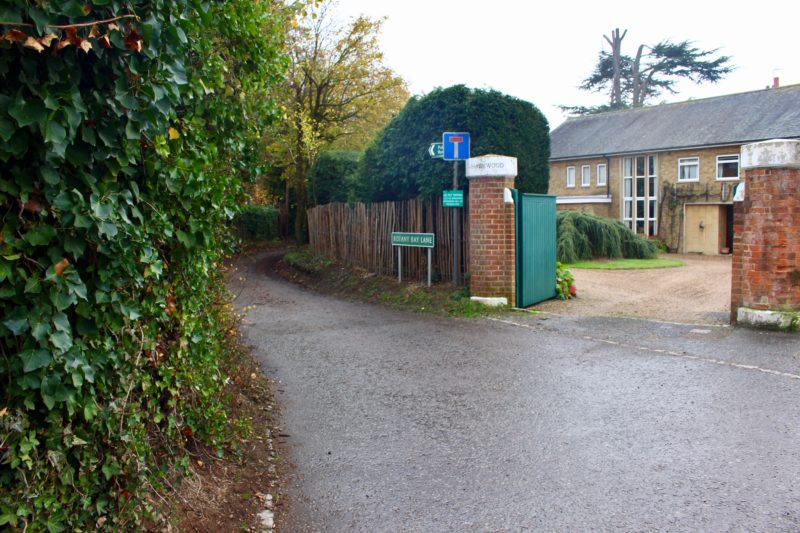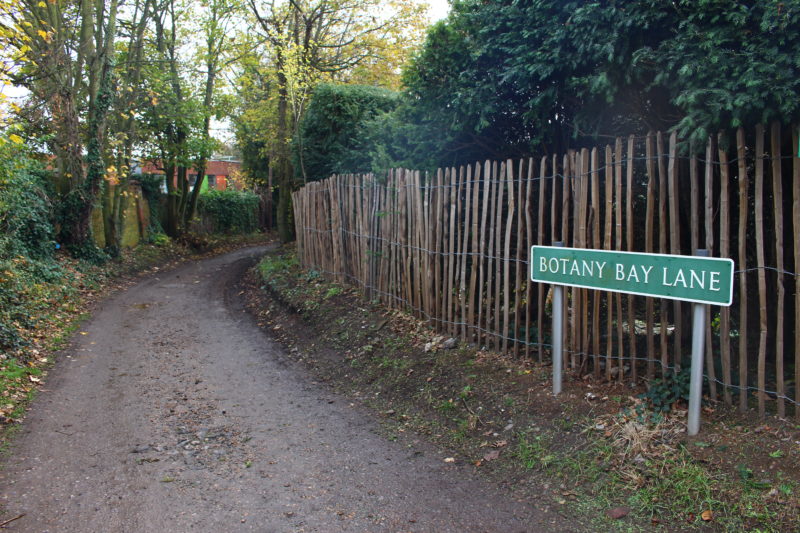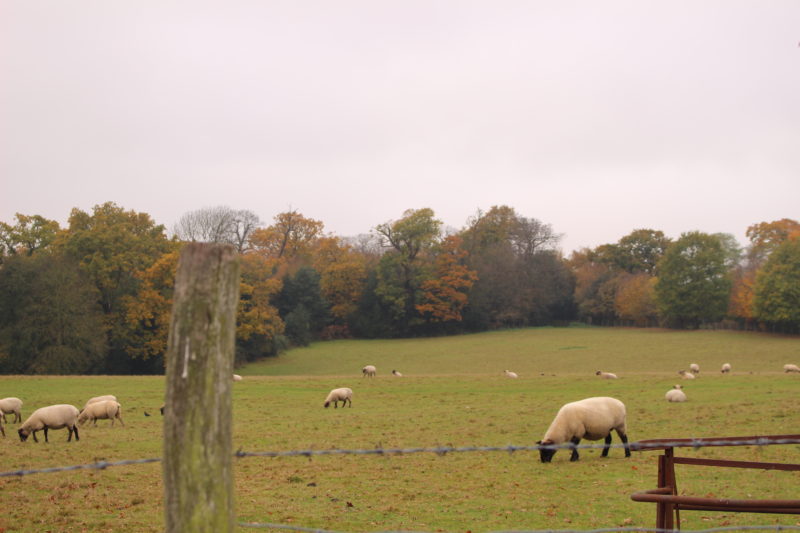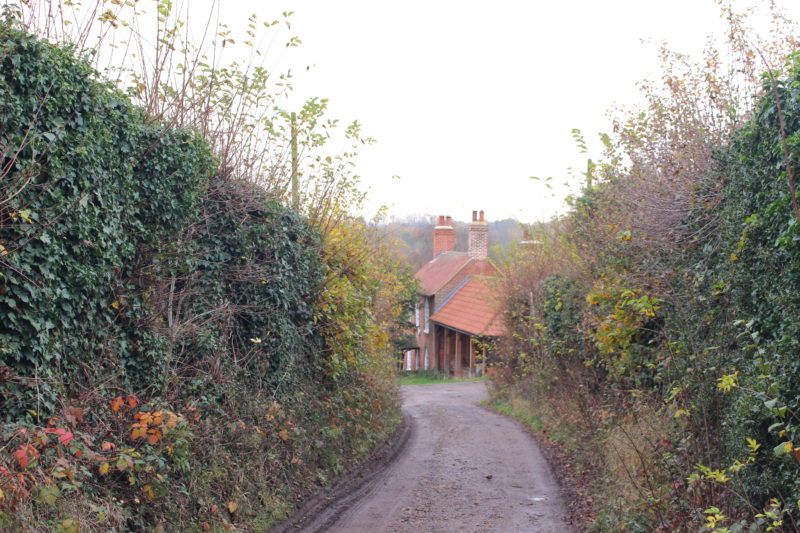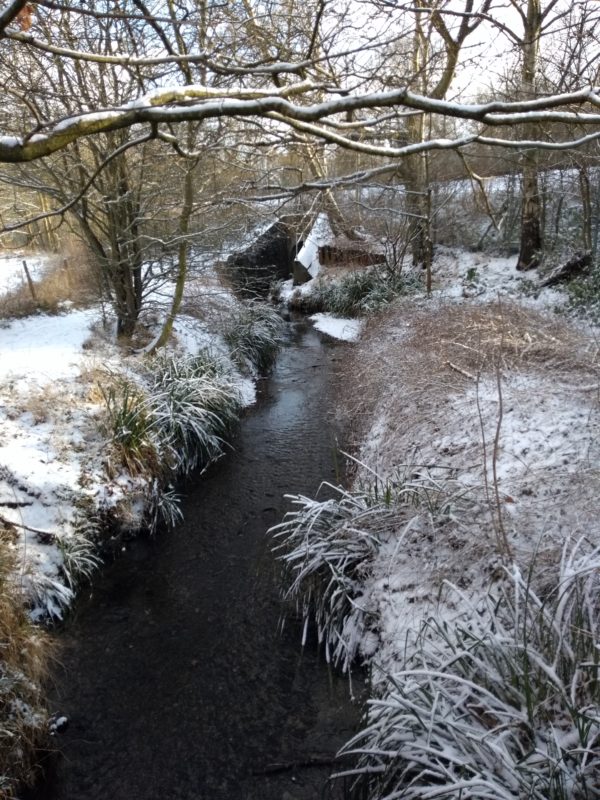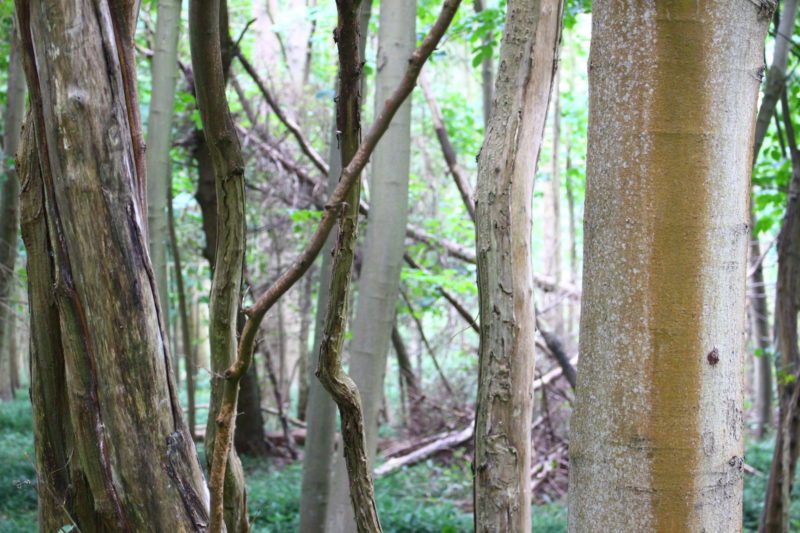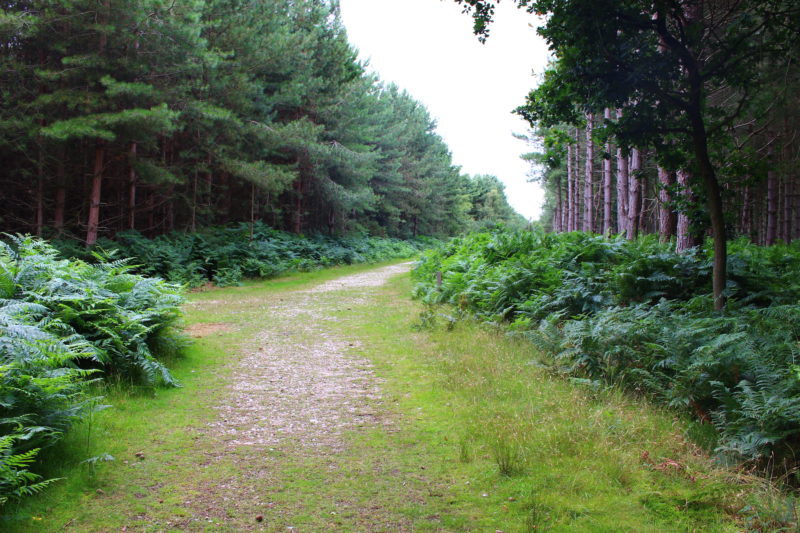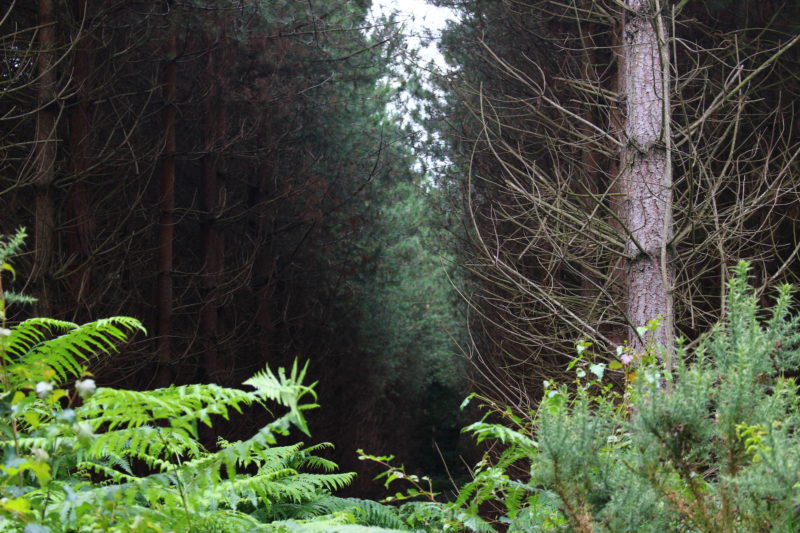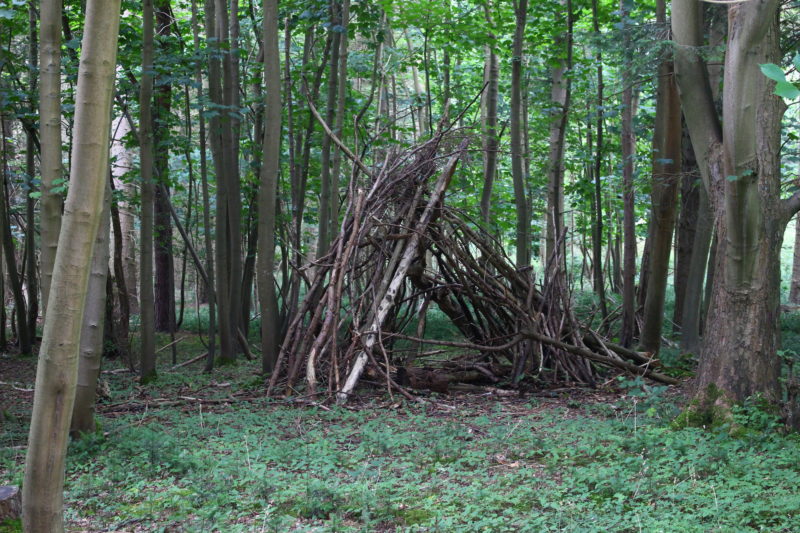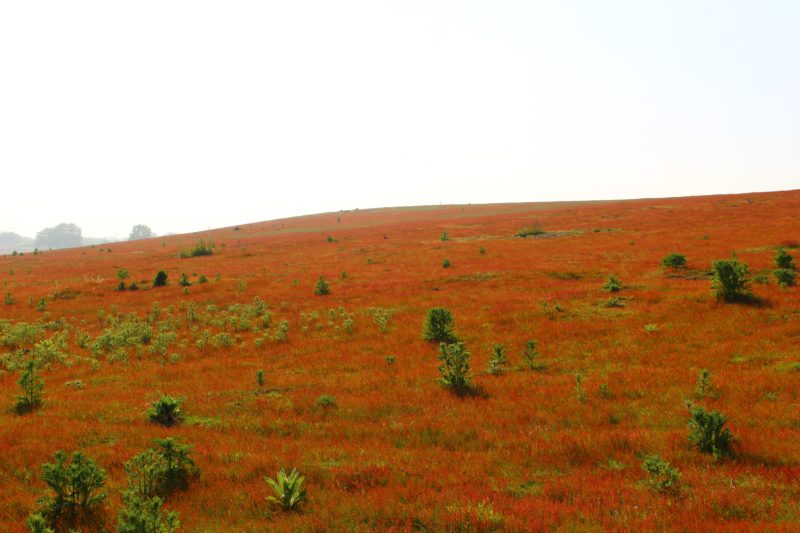
Hi again! Over the bank holiday I went back to my home county of Suffolk to get some fresh air and enjoy the sun. While I was back, my parents took me on one of their favourite walks on the Suffolk coast (and now it’s one of my favourites too, not least because it starts with a great pub, the Eel’s Foot, in the village of Eastbridge 🙂 ). Coming out of the Eel’s Foot, you walk left, up the road out of the village, until you see a track on the left with a “public footpath” sign. Keep following this track for some perfect examples of Suffolk’s vast, wide-open scenery.
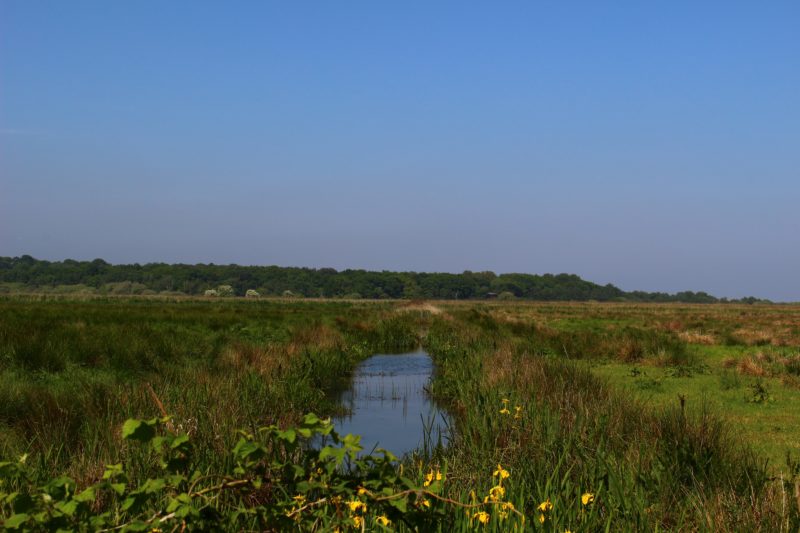
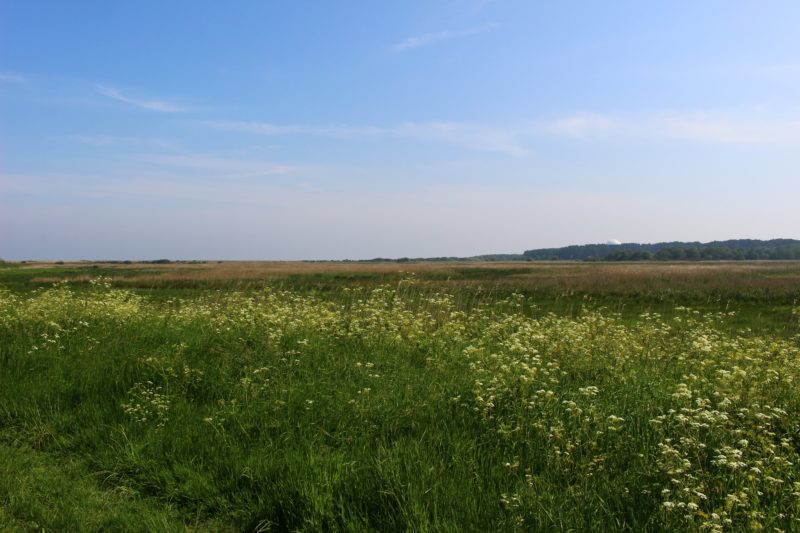

Eventually the track leads out to the sea, but before this you get to appreciate the feeling of immense space around here- Suffolk is very flat but doesn’t feel bleak to me, because everything’s so lush and green!
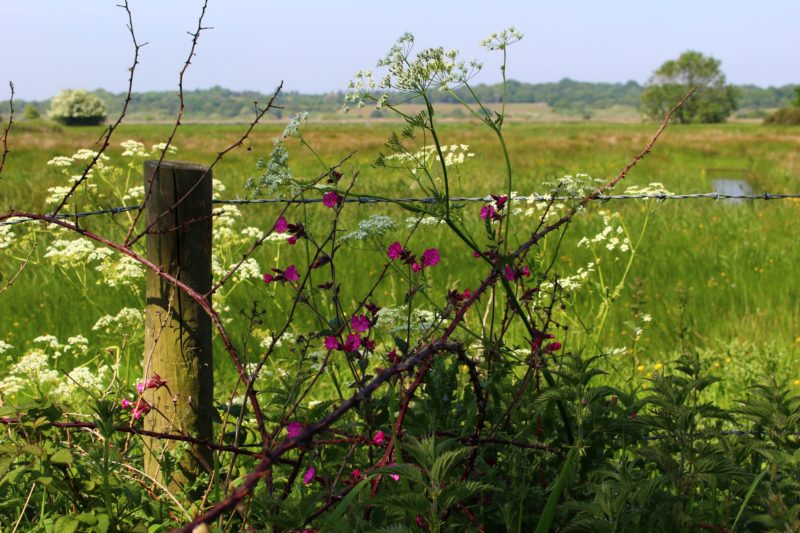
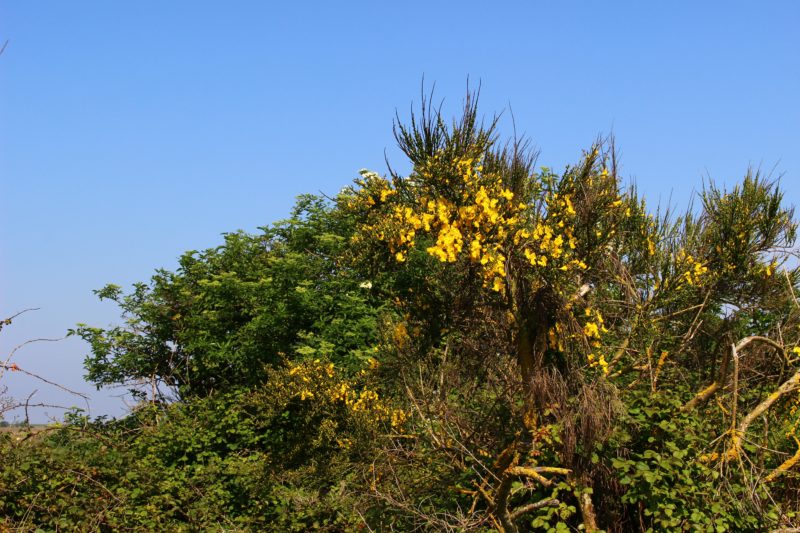
Further up the track there’s also the opportunity to take a little detour to see the ruins of St Mary’s Chapel, which also acted at one time as a disguise for the WWII pill box concealed inside. In the same field as the Chapel’s ruins, there are also Highland cattle, and, at the time we visited, Konik ponies! This ancient Polish breed has been released into the area around Minsmere as their grazing habits help maintain the wetland environment. They have a pretty large area to roam around, so they can be pretty difficult to spot.
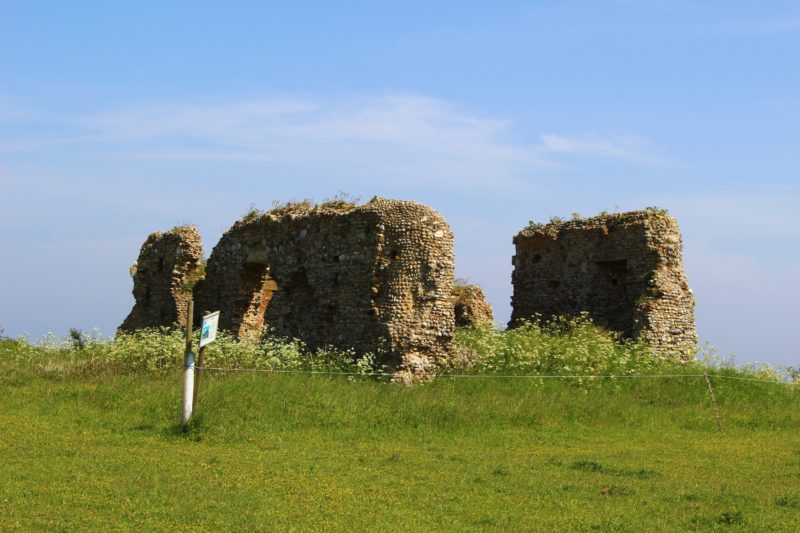

In the distance behind the ruins, you can see the sand dunes that mark the beginning of the beach. A little further down the coast is the village of Dunwich, formerly a large port in the 1500s- now just a small collection of houses, a pub and part of a graveyard which is in the process of falling over the edge of the gradually eroding cliffs. Bones from the graveyard, as well as furniture from houses that have toppled over the edge over the years, have been found washed up on the beach. Erosion happens at an alarmingly fast rate along the coastline here- the area around Dunwich is now falling into the sea at a rate of 1m per year.
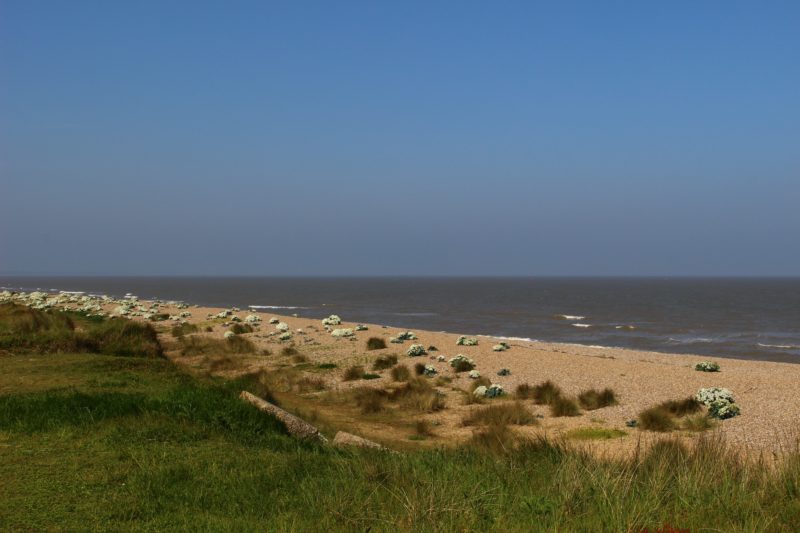
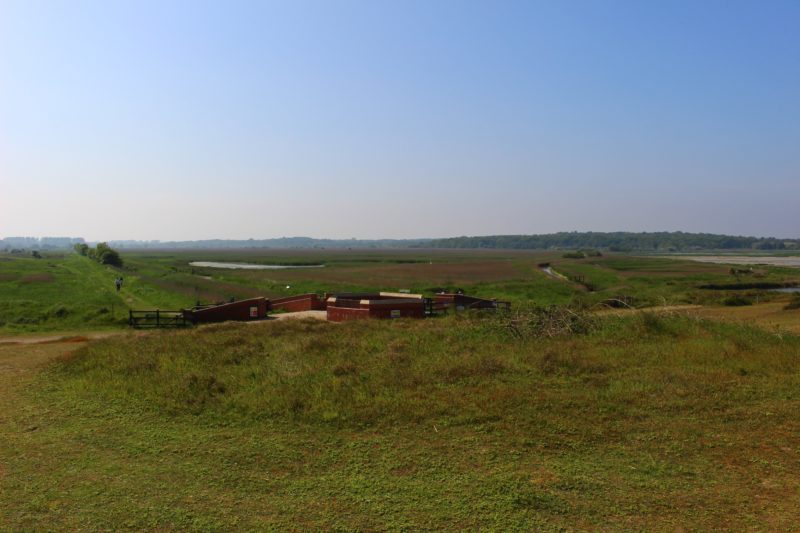
Once you’ve reached the beach, you can go back on yourself and go through the gate next to the one the track led up to- this takes you into the Minsmere Nature Reserve, home to hundreds of species of flora and fauna, and one of the best wetland nature reserves in the country. There are bird hides and easily accessible footpaths all around the reserve’s 2500 acres. You can follow these footpaths through the reserve to make this walk a circular. Owned and maintained by the RSPB, it’s great for birdwatchers and wildlife enthusiasts as well as just keen walkers. I’ll be back to talk more about Minsmere, and other great days out in Suffolk, in more detail at some point over the summer!
Rhi xx




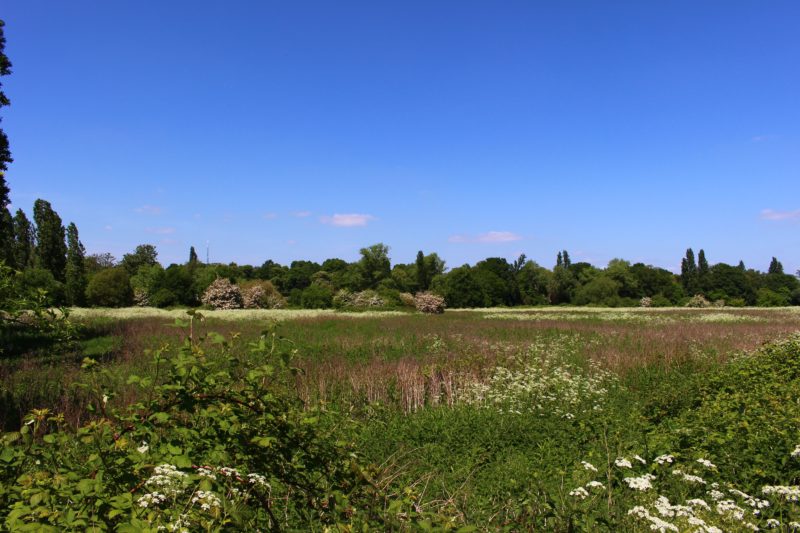
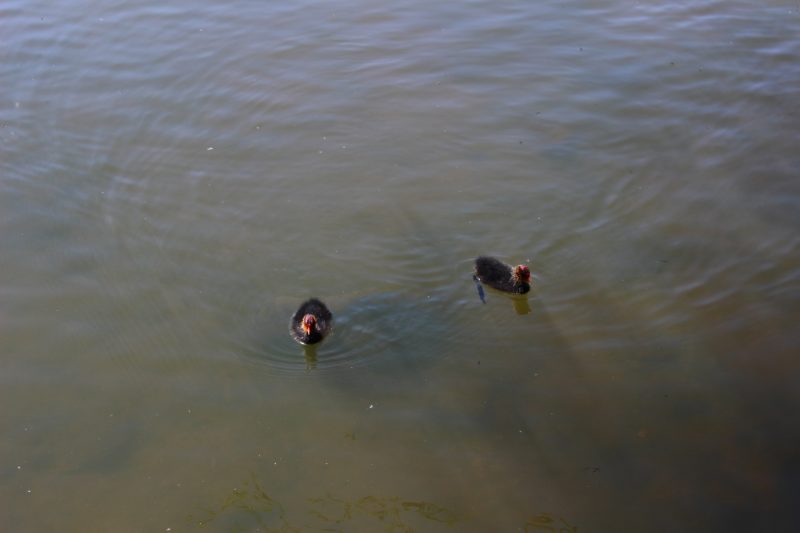
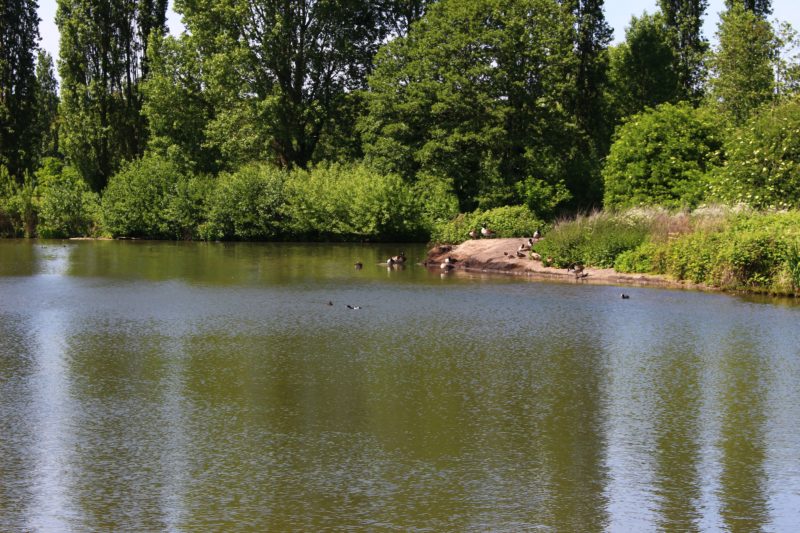

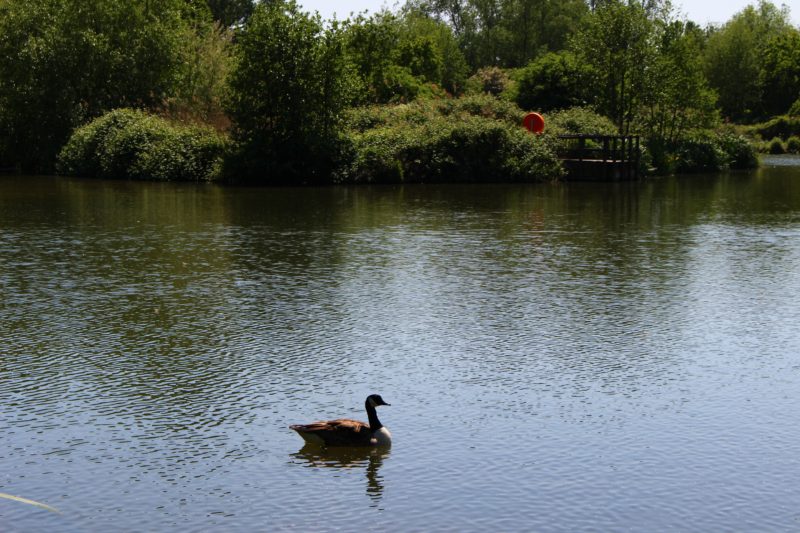


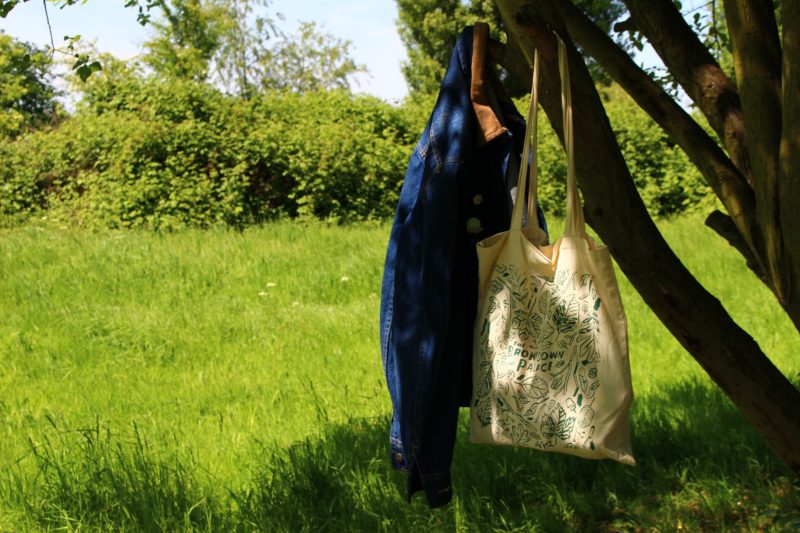
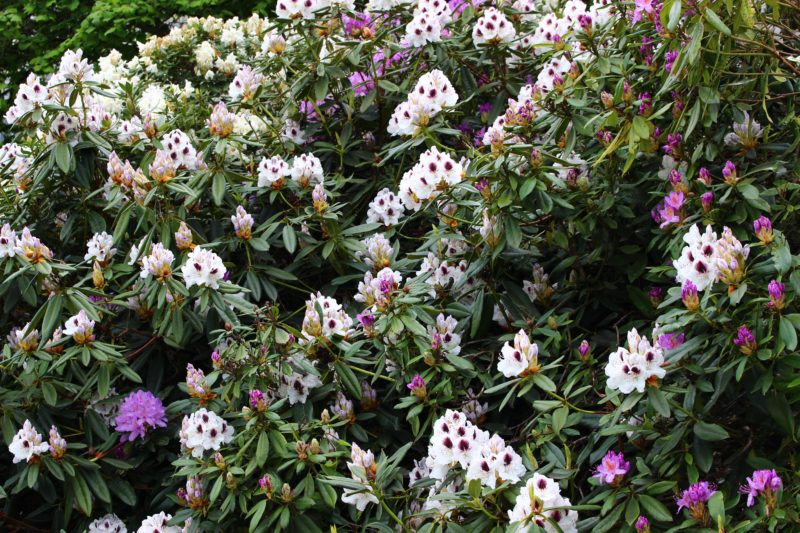
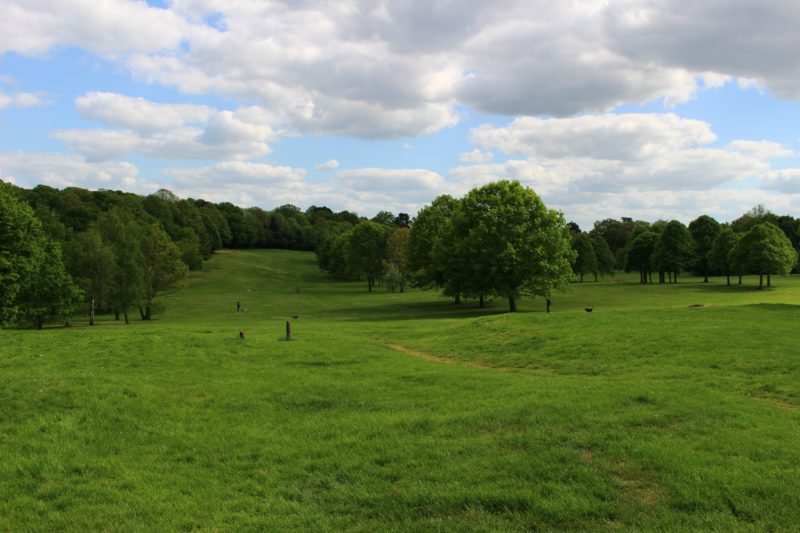

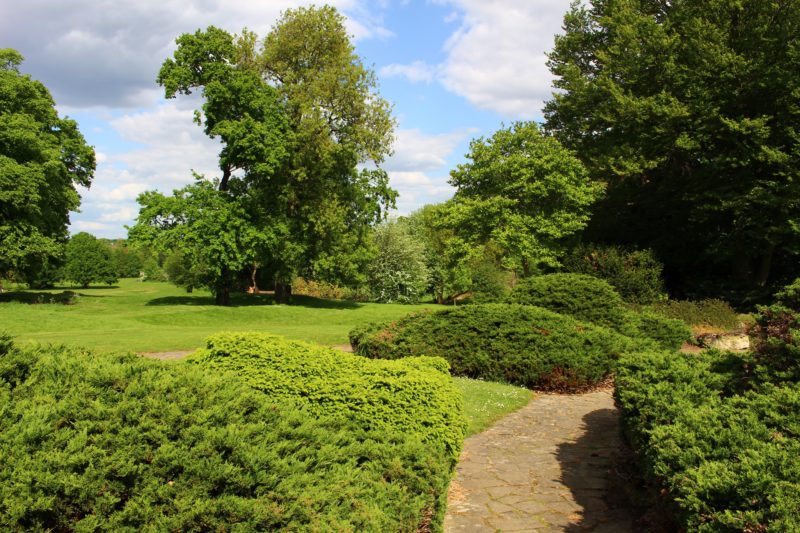
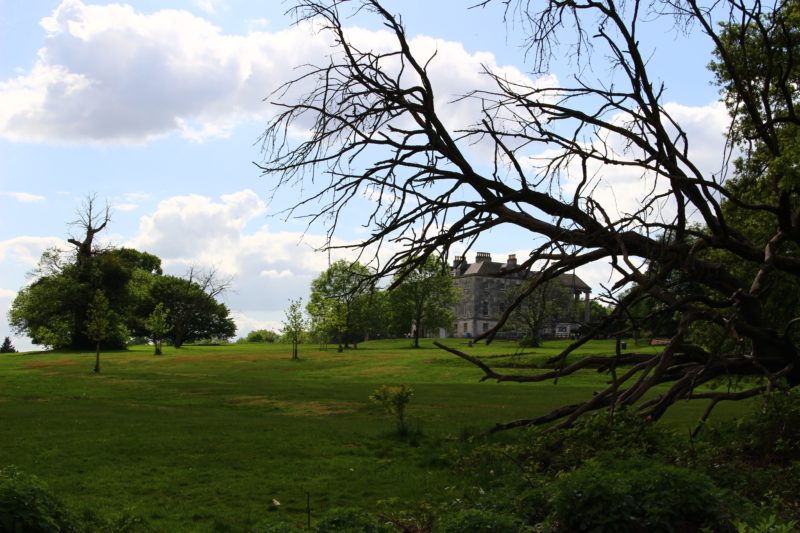

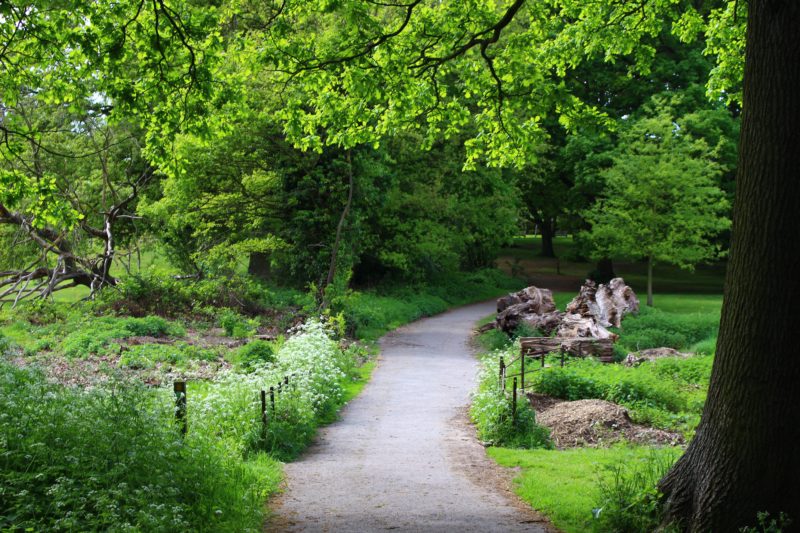
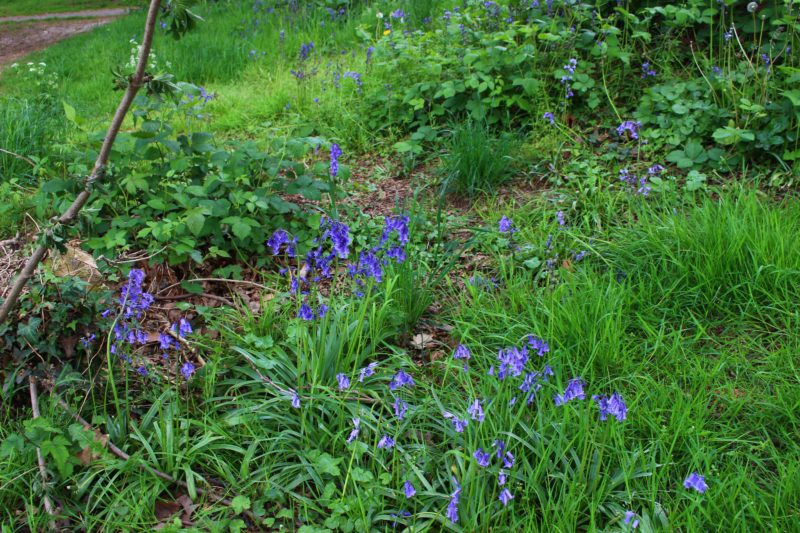

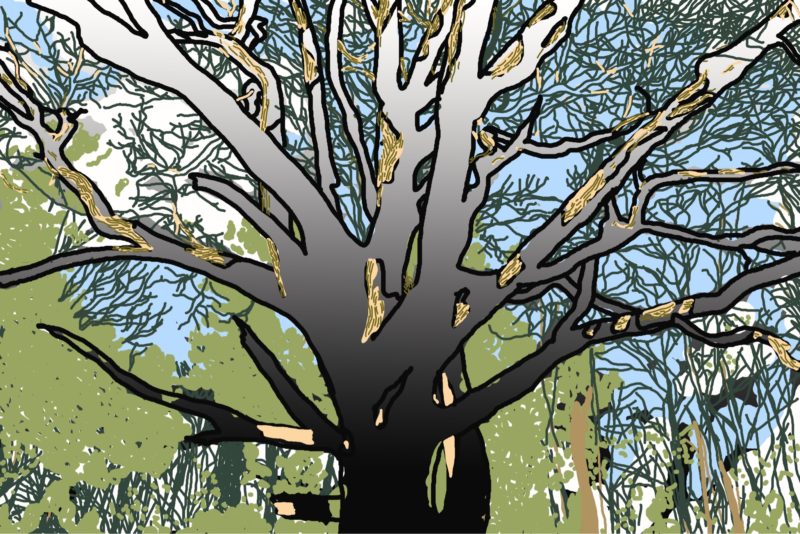 Hi again!
Hi again!